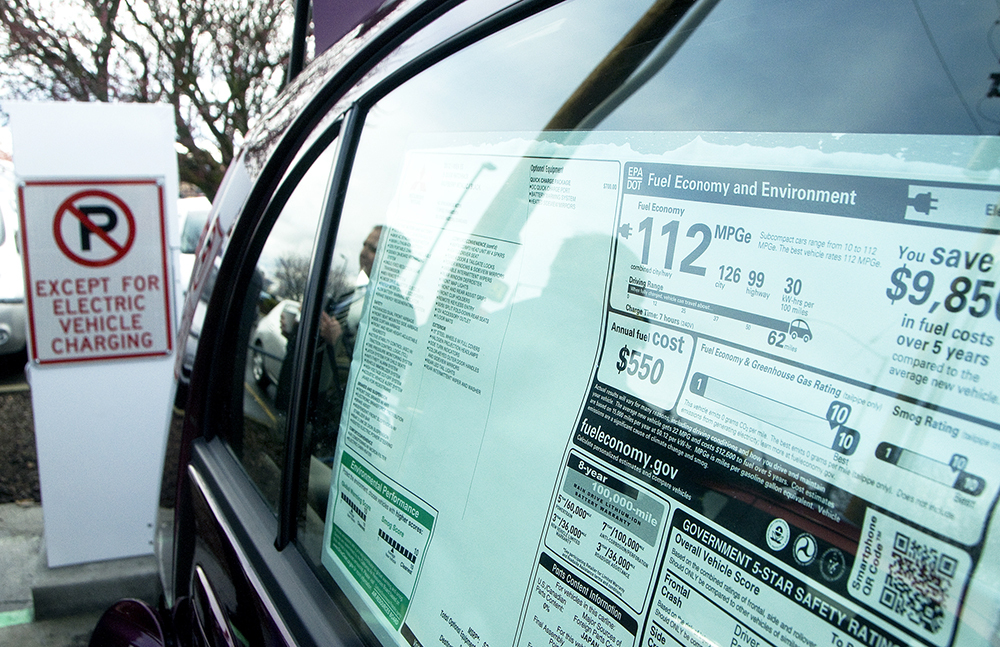Oregon sees growth in EV sales and chargers in 2022, and is poised for more in 2023
 Jan. 5, 2023
For more information, contact Matt Noble, ODOT Comms, 503-779-9868 or email
Oregon ended 2022 as second in the nation for share of new vehicles sold that are electric — about 1,000 per month — and is poised for more EV success in 2023.
Last year saw solid growth in EV ownership: Oregon passed 50,000 total registered EVs in May, and increased that number to about 57,700 as of September, the latest data available. Monthly sales of EVs steadily rose throughout the year.
EV charging infrastructure also had a good 2022. In May, contractors completed the first phase of ODOT-funded upgrades to Oregon’s share of the West Coast Electric Highway. Upgrades to the fast charger network will wrap this year with faster charging options, and three new stations.
Those new stations will bring Oregon’s public DC fast charger count to nearly 480, according to the latest data from the U.S. Department of Energy. Public Level 2 charging is even more plentiful at about 1,700 chargers statewide. On average, public EV charging infrastructure has grown 30% per year since 2018.
Key to increasing that infrastructure growth rate in 2023 will be funding chargers in locations and regions that have seen less private investment, like multifamily homes, rural areas, and underserved communities.
In March last year we committed $100 million over five years for EV charging infrastructure to help fill that gap. The mix of federal and state funding will build more DC fast chargers along Oregon’s highways and interstates, and support Level 2 charging projects in communities throughout the state.
The funding comes at a pivotal time for EVs in Oregon. New regulations will require all new cars, trucks and SUVs sold in Oregon to be zero emission by 2035. Other electric mobility options like e-bikes are experiencing rapid sales growth in Oregon and throughout the country.
All the data says more people will choose to travel by EV in 2023. We’re ready to meet that demand with infrastructure that is equitable and accessible for all people in Oregon.
|